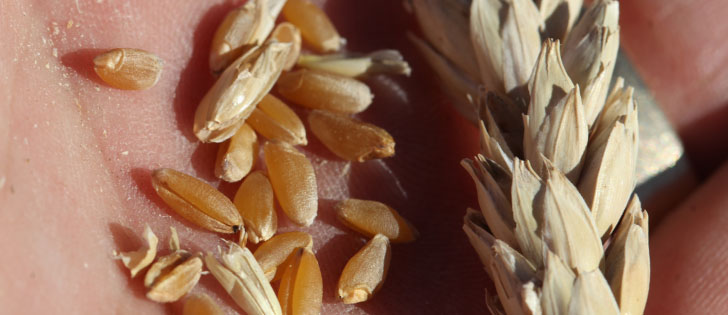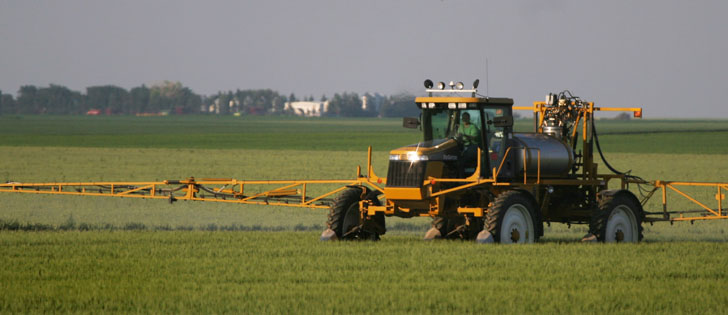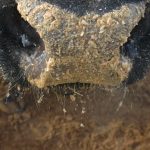VAL MARIE, Sask. – The black-footed ferret, one of North America’s rarest mammals, is being reintroduced to its native prairie landscape in southwestern Saskatchewan.
The project is a joint effort between the Canadian Black-footed Ferret Recovery team and the U.S. Fish and Wildlife Service.
The United States has successfully reintroduced the ferret in 17 sites in the U.S. and one in Mexico.
A member of the weasel family, the black-footed ferret is easily identified by its distinct markings, which include a dark-chocolate band that crosses the eyes, cheeks and feet. Once an integral part of the prairie, the black-footed ferret disappeared in the early 1900s.
Read Also

Canada told trade crisis solutions in its hands
Canadians and Canadian exporters need to accept that the old rules of trade are over, and open access to the U.S. market may also be over, says the chief financial correspondent for CTV News.
“The last confirmed sighting was in 1937,” said Pat Fargey, a species-at-risk biologist at the Grasslands National Park, where the ferrets are being reintroduced.
The species disappeared as the prairie was settled and large expanses of grasslands were converted to farmland. These actions decimated prairie dog colonies and left only small, isolated populations, all of which are located in Grasslands park, two surrounding ranches and nearby community pastures.
The black-footed-ferret depends on the prairie dog for survival, both as a food source and shelter.
“They are a specialized predator of the black-tailed prairie dog,” Fargey said.
As the population of prairie dogs declined, so did the black-footed ferret, driving it to near extinction.
The anticipated date of release in early October carries with it many expectations.
Residents of Val Marie, near the Grasslands National Park, generally support the release because they hope the project will benefit tourism.
“Introducing the ferrets back into the Grasslands National Park has the potential to facilitate a focus of student attention on the wonder of nature in our own backyard,” said Val Marie School principal Angela Clement.
“It is a fantastic opportunity for students to learn first-hand from experts in the field more about appreciating and taking care of the prairie that is home to them.”
A spokesperson for the Prairie Learning Centre, a joint project run by the Chinook School Division and the park, said the goals are to restore ecological integrity and bring the Grasslands National Park closer to a total representation of a mixed-grass prairie. The black-footed ferret is an integral part of preserving the area’s natural heritage.
“This reintroduction of the black-footed ferret will add one more native species back that has been gone for decades,” Fargey said.
Land managers and producers have a role to play in the reintroduction.
Erl Svendsen, a biodiversity analyst with Agriculture Canada’s agri-environment services branch (formerly known as the Prairie Farm Rehabilitation Administration), said rangelands are more than just livestock and grass.
“Many species depend on the landscape and how it is managed. It means being tolerant of all species, and realizing that all species have a place and function in the landscape.”
Svendsen said producers with prairie dog colonies on their land should realize that these colonies may be future ferret habitat.
As well, he said producers need to take a long-term sustainable approach to ranching because this will ensure that there is something to pass on to the next generation.
















